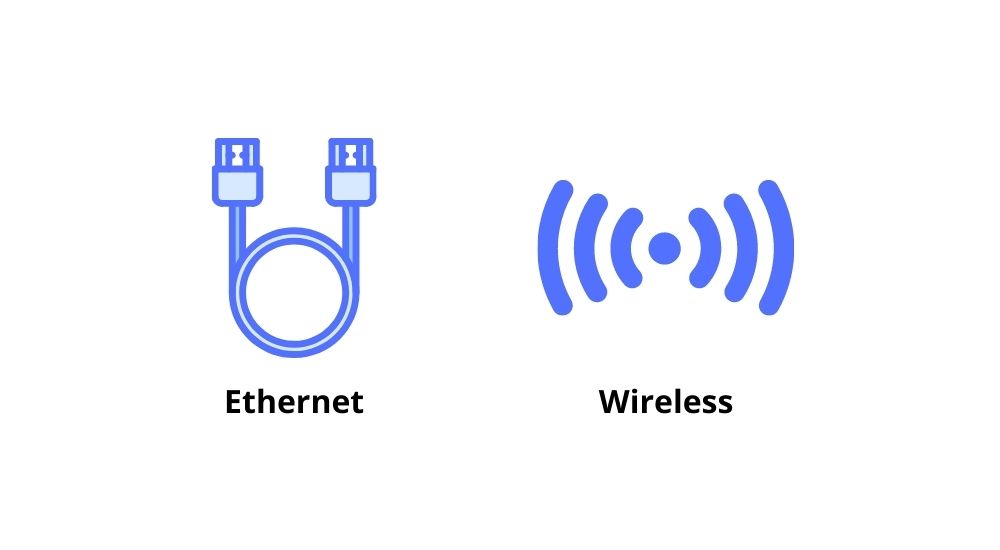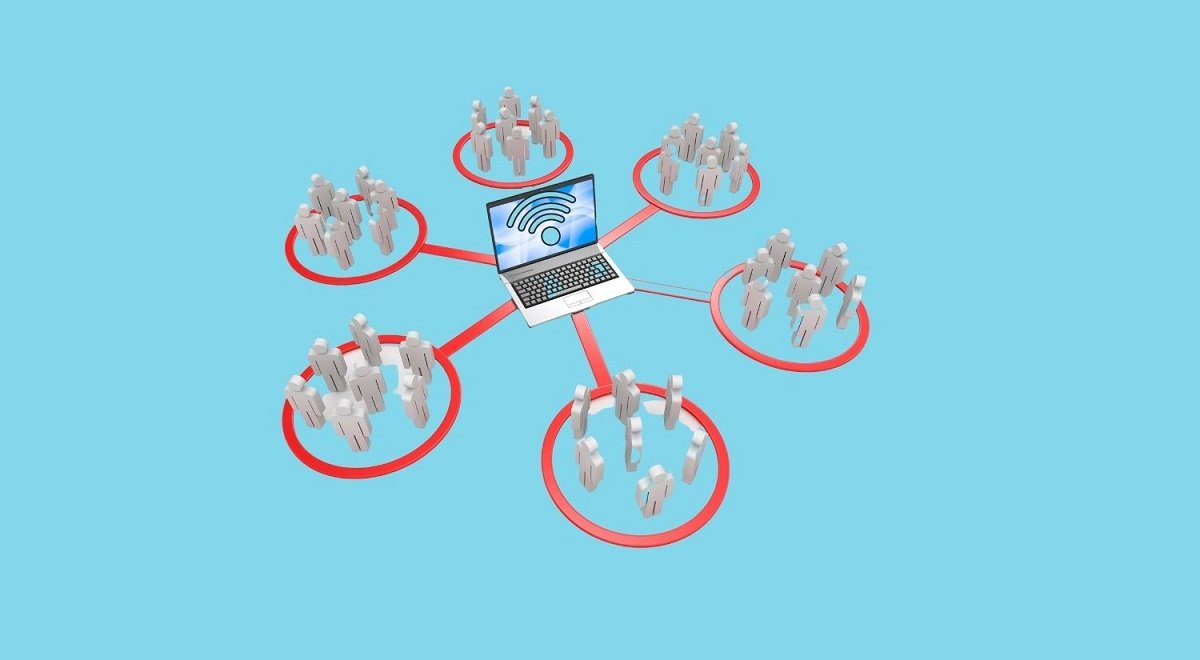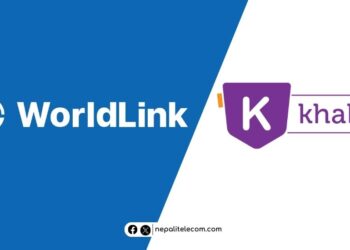Nowadays, the internet is one of the essential tools to function properly in our daily lives. However, to have access to the internet is another aspect to deal with in Nepal.
Urban areas and big cities of Nepal can easily install internet service at their homes while the works to provide internet access in all remotes areas of Nepal is still in progress. Due to the higher cost (for many) and the lower literacy, internet sharing among homes is quite rampant in Nepal. Here, in this article, we will talk about the sharing of a single internet subscription among multiple families in Nepal.
Why is Internet sharing among Homes popular in Nepal?
Home Internet sharing is a common practice mainly in the outskirts areas of the city. Below are some reasons why Home Internet sharing is popular in Nepalese society.
1) Cost-friendly
In this kind of Internet sharing among multiple families, an owner of a house invests in Internet installation. That is, the owner purchases the router and the Internet package from the Internet Service Provider (ISP). The owner installs the router in his house and purchases the internet service subscription. The same internet service can be used by other families too, with the help of the Home Internet sharing method.
They share the home broadband connection among multiple families as they find the internet subscription to be expensive. The fiber internet connection to the house is extendable to other families or house, that reduces the cost of owning the internet connection. Then, the total cost of the internet is divided among the families. The cost of the internet for each family may or may not be the same. Whereas, most of the people share the payment equally.
Read How to select the best ISP in Nepal? >>
2) Easy Installation
It is a one-time installation process. Once you adjust the router along with the fiber connection, they can extend the internet to other homes or rooms via WiFi or Ethernet cable connected to another router (managed by another family).
3) Internet Speed for regular social media usage
Since people are using shared internet, they might experience sluggish internet during peak hours when everybody in all families is using the internet heavily. Whereas in most of the other times, the internet speed is not compromised for social media use. Whereas for professionals and students who need high-speed internet service throughout the day, night, they do not opt to share the connection. Find the methods to check the internet speed on your phone or computer.
How do they share the internet among families?
People share a single home internet subscription among families either from WiFi hotspot or even using cable extension from the router. The WiFi hotspot can be shared among them if they are very close to each or they live in the same home. Whereas the sharing by ethernet extension could be done up to 100 meters distance.

What are the drawbacks of Home Internet sharing in Nepal?
1) Slow Internet speed with high usage
Lately, due to the coronavirus pandemic situation, this practice of internet sharing took a toll on internet traffic. During the lockdown period, internet usage spiked since everyone stayed at home. Internet traffic increased than usual results in slow internet speed.
In this case, slow internet results not only in the shared users, but it also affects the internet speed of that ISP in that region or as a whole. So, one of the drawbacks of Home Internet Sharing is high traffic during peak period, that may affect the internet experience of selected or all users.
2) Load for Internet Service Provider (ISP)
As multiple connections with a single subscription will increase the usage of internet service at all times, internet traffic will surge heavily and put a load on their internet bandwidth. With a surge in the traffic load, ISP can have challenges managing the costly internet bandwidth.
3) Security reasons
Though the Home Internet sharing method is growing, people need to understand that it has a shortfall too. There is a security risk if other people have access to your internet service. As WiFi remains in the same domain, one may sniff into all the packets from the router and can identify the usage as well as the password (if the owner is an internet nerd).
Read How to Improve Internet speed at Your Home >>
What percentage of people share a single internet subscription among families?
The exact data for the sharing of home internet in Nepal is not known but this kind of home internet sharing is quite popular in the outskirts areas where people mainly use social media or lower data volume. That’s why they do not experience the sluggish internet at all as the usage is quite low for all of them or they can bear the slow internet for the cheap cost that they are paying.
Whereas they might not even know they are affecting other users in the area or the whole ISP. That’s the reason why ISPs implement Fair Usage Policy (FUP) so as to assure higher volume users do not affect other subscribers.
Conclusion
Now that people are more inclined towards online activities, including work from home, internet service is a part of our life. We need continuous internet service at a decent speed at an affordable price. Internet sharing among homes has helped people have access to internet service at a lesser price. Although it benefits the customers hugely, the consequences of this sharing practice to ISP and other subscribers are significant during the heavy usage period resulting from people staying at home.
We suggest you read TikTok affecting Internet experience in this Pandemic >>
Do you share a single internet connection with other families, please share your experience in the comment section below?












